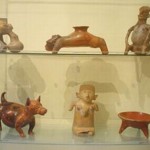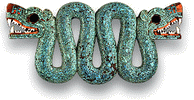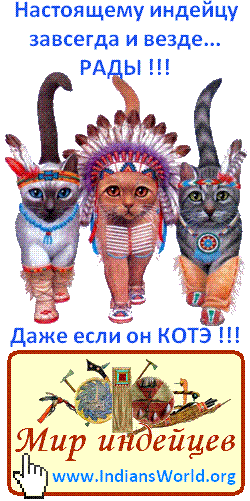Earthenware is a key material to understand the Prehispanic past
Category: Articles Earthenware “talks” to archaeologists: each fragment brings in data that helps reconstructing the history of Prehispanic society. This aspect is discussed at the exhibition Hablar con barro (Earthenware Talks), presented at Aguascalientes Regional Museum.
Earthenware “talks” to archaeologists: each fragment brings in data that helps reconstructing the history of Prehispanic society. This aspect is discussed at the exhibition Hablar con barro (Earthenware Talks), presented at Aguascalientes Regional Museum.
A hundred and twenty ceramic artifacts, some of them 4,000 years old, provide elements to date occupation periods in a given place; how towns interacted, and how quotidian life of people who created and used them was. Even their way of thinking is expressed through color, form and design.
Pots, bowls, plates, flat bowls, human and zoomorphic figures account for development of the peoples included in the Western Mexico Culture concept, in the region integrated to present by Michoacan, Colima, Nayarit, Jalisco and Guanajuato.
Organized by the National Institute of Anthropology and History (INAH), the exhibition “looks forward to remark importance of earthenware in our culture and explain how our ancestors used it to create magnificent pieces”, informed anthropologist Lourdes Herrasti, director of the museum.
The specialist informed the script of the exhibition presents a chronological route, embodied by Ceramic objects from Pre Classic (1800 BC-200 AD), Classic (200-900 AD) and Post Classic (900-1521 AD) periods.
The anthropologist commented that during Pre Classic and Classic periods there were small agricultural villages with social hierarchy at the Western Mexico region; by the end of Post Classic, societies turned more complex, received Teotihuacan influence and formed independent seigniories influenced by Tula; Purepecha seigniory prevailed.
Objects are displayed in 4 halls, where their origin, features, techniques and decoration are represented. “One of the objectives is to remark the idea that ceramic talks to archaeologists, explaining how Prehispanic societies were”.
The first hall locates development of Western Mexico cultures in time and space, comparing it to what happened in the other regions of Mexico at the same time, and locating them in a map.
The second hall is related to techniques used to model and decorate earthenware. Gourds, animals and humans were represented. “We exhibit vessels, pots, flat bowls, meticulously decorated; beads, ear ornaments, human and zoomorphic figures, representing a dog, a bear and a jaguar lifting a turtle”, declared Herrasti.
The third hall refers to what was represented: Animals and small human figures. “Pregnant women and a crib with a baby are exhibited”.
Musical instruments made with clay such as flutes, ocarinas, whistles and rattles are displayed at the fourth hall, as well as tools such as chisels, pliers, burins and axes.
Source – INAH.


